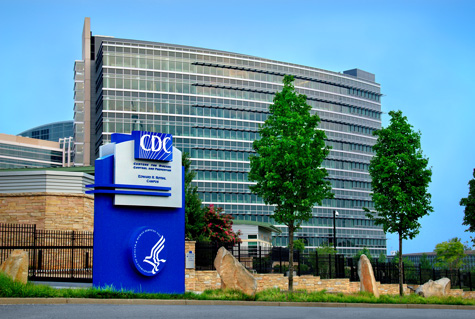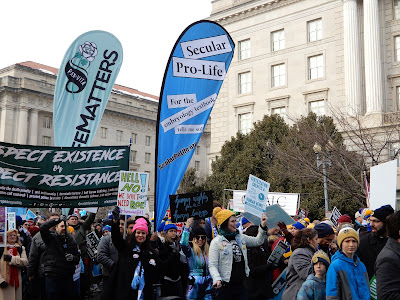CDC Releases 2018 Abortion Data
Last week, the Centers for Disease Control released its annual abortion surveillance report. First, two caveats:
- Reporting is always a couple of years behind. This report covers the 2018 calendar year. Obviously, it does not account for the impact of COVID-19; we likely won’t have that data until 2022.
- CDC data are incomplete, because state reporting to the CDC is voluntary and some pro-abortion jurisdictions—most notably California—refuse to participate. Therefore, the number of abortions reported by the CDC is not reliable, and we will not be repeating it here. (The more reliable source for total abortions is the Guttmacher Institute, which reported 862,320 abortions in the United States in 2017.) However, since the CDC’s data collection is flawed in the same way year after year, the CDC’s reporting on abortion trends is generally trustworthy.
Among the 48 areas that reported data continuously during 2009–2018, decreases were observed during 2009–2017 in the total number, rate, and ratio of reported abortions, and these decreases resulted in historic lows for this period for all three measures. These decreases were followed by 1%–2% increases across all measures from 2017 to 2018.




Leave a Reply
Want to join the discussion?Feel free to contribute!